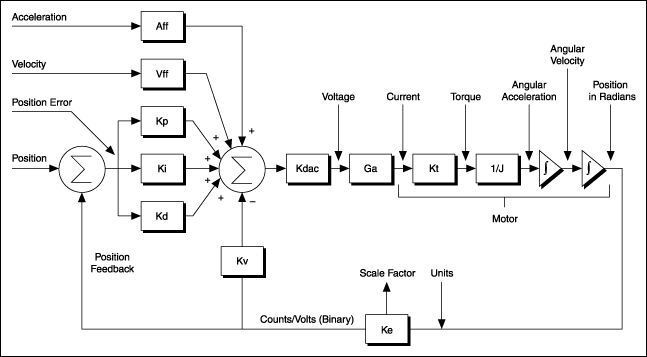Dynamic Modeling
The first step in many engineering problems is modeling the dynamics to obtain a detailed understanding of the system. This understanding usually leads to insights into why a system behaves the way it does. This understanding can answer challenging problems such as what transient forces are at play, why is it failing, why is it vibrating, and other concerns. The dynamic model can also be used in the process of optimizing a design by allow for an understanding how changes will affect the system behavior. Since the model is fit for purpose and designed from the bottom up, it usually executes at speeds thousands of times faster than typical finite elemental methods. At these speeds it can usually run faster than real time, allowing for concurrent real time modeling with the physical system ruins. This can be used as part of a virtual sensing system.
Beyond using a first principles physics based model, we can also use a sufficiently sized data set to create models based on machine learning such as a neural network. The benefit of this approach is capturing complex dynamics by using sensor data directly. We will work with you to determine the best approaches for your application both near and far term.
At the end of the day you need a solution that works for you. That almost always includes software. We can provide our algorithms to you in many forms, including MATLAB, C++, a separate app, or an executable you can call internally. How we develop your solution is up to you, and we will work with your people to ensure it is easy to integrate and have maximum usability. As engineers and inventors ourselves we are not happy until the work is useful in the real world.


